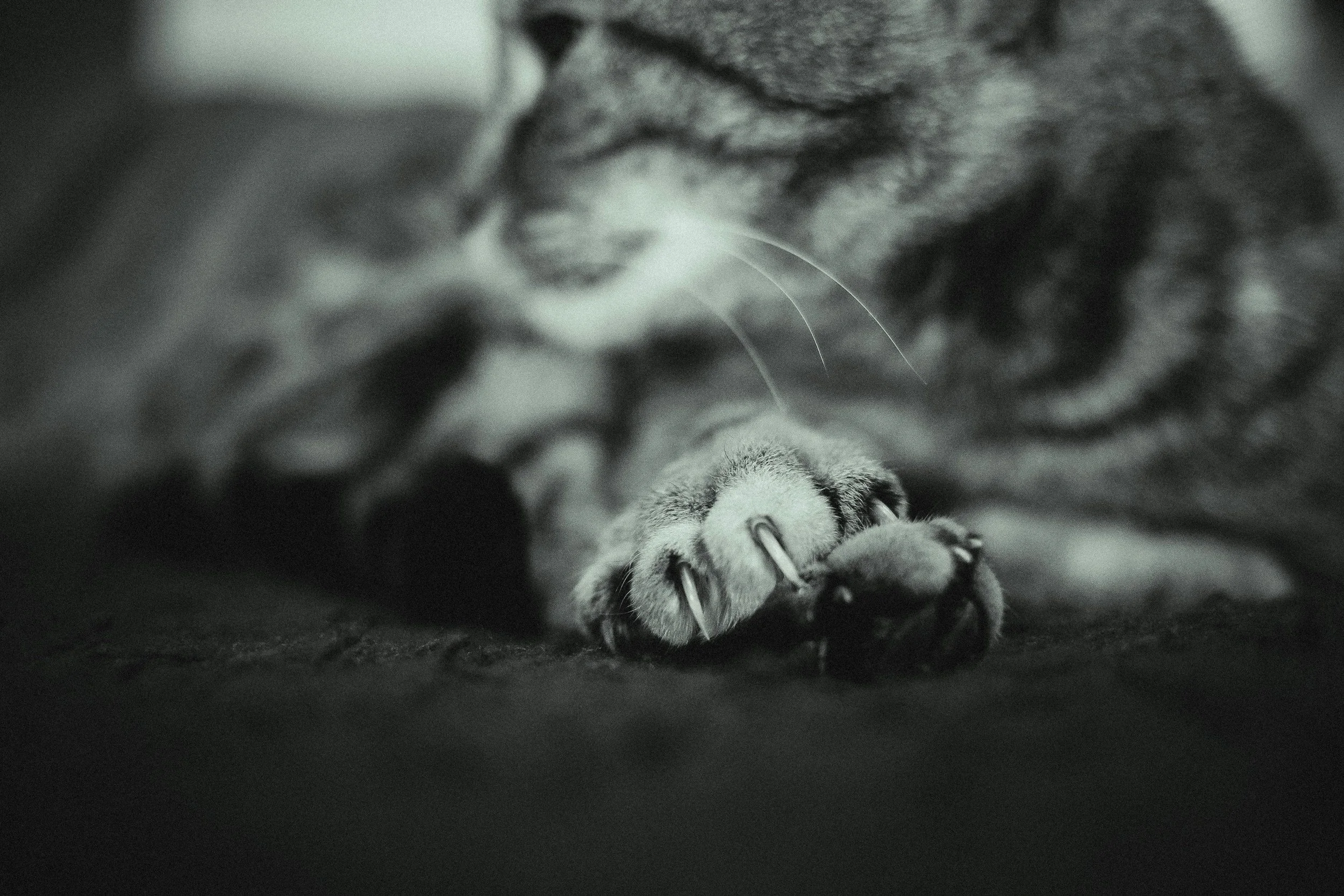Protecting Paws: Our New Declaw Policy
Why We No Longer Offer Elective Declawing.
At Stonebrook Family Pet Clinic, we’re proud to be an AAHA-accredited hospital, which means we hold ourselves to the highest standards in veterinary medicine—including doing what’s right for our patients, even when it's not the easiest path.
That’s why we’ve made the decision to no longer offer elective declaw procedures (also known as onychectomy), unless they are absolutely medically necessary.
What Is Declawing, Really?
Many people think of declawing as simply “removing the nail.” In reality, it's an amputation of the last bone of each toe—equivalent to removing a person’s finger at the last joint. Declawing can lead to long-term physical and behavioral issues, including pain, arthritis, litter box avoidance, and aggression.
The American Animal Hospital Association (AAHA) strongly opposes declawing unless it’s medically necessary (for example, in the case of a tumor or severe trauma), and we agree.
Why We’re Changing Our Policy
We believe in compassionate, evidence-based care.
As part of an AAHA-accredited hospital, we follow guidelines that are based on the latest research and ethical standards.
We want to protect your cat’s well-being.
Declawing can affect a cat’s quality of life. Chronic pain, behavioral issues, and reduced ability to defend themselves are all real risks. We believe cats deserve better.
We believe there are better solutions.
From nail trimming and scratching post training to soft nail caps and behavior support, we’re here to help you find humane alternatives to protect your furniture—without harming your pet.
What If There’s a Medical Reason?
If your cat has a genuine medical issue that might require declawing, our team will thoroughly evaluate the case and discuss all possible options before proceeding. We’re not saying “never”—we’re saying we’ll only do it if it’s truly necessary for your cat’s health.
Let’s Talk About Alternatives
We’re happy to work with you to manage scratching behaviors in cats. Here are a few effective, non-surgical solutions:
✅ Regular nail trims
✅ Scratching posts with different materials and placements
✅ Soft Paws (nail caps)
✅ Zenifel or other calming products
✅ Training and redirection techniques
We’re Always Here to Help
If you’ve had a declawed cat in the past or are struggling with unwanted scratching, we’re not here to judge—we’re here to support you. Our job is to advocate for what’s best for your pet, and we believe this decision helps us do just that.

